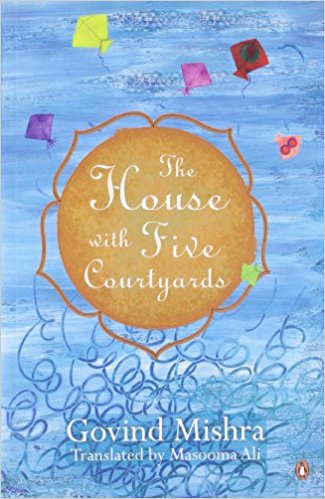The House with Five Courtyards is an epic family saga, quietly told and sensitively translated. The novel Paanch Aangano Wala Ghar, written originally in Hindi, won Govind Mishra the Vyas Samman in 1998. The translator, Masooma Ali, has entered the complex physical and emotional terrain of the sprawling Indian joint family with sure-footed empathy and understanding.
Chronicling the gradual unravelling of a Kayastha joint family in Banares, the narration is situated over half a century of mutation and change. The first part, ‘The Ground’ takes the reader through the years 1940 to 1950, across the trauma of a divided India and the birth of a new society. With the ancient Banyan tree that stands outside as witness, the widowed matriarch Badi Amma gently guided the lives of her four sons, their wives and their children. ‘An entire world was contained in that one house where Jogeshwari’s four sons resided.’
Spread across the five courtyards that stretched between the side entrance and the backyard, the Ganeshji wala aangan, the Bel wala aangan, the Kaliji wala aangan, the Phatak wala aangan; these spaces accom-modated clusters of families, with joint responsibilities, a hierarchy of duties and a common kitchen, where the extended family of about a hundred numbers were fed. A sky entangled with kites, music, food and the prayers to different gods, these images express both plurality and the individuality that flourished in the many courtyards. The teeming world outside was also rich with a varied cast of characters, including Mr. Smith, the British Headmaster who secretly sympathized with the Indian struggle for freedom, and Kammo, the courtesan who found herself drawn to the homely housewife Shanti.

